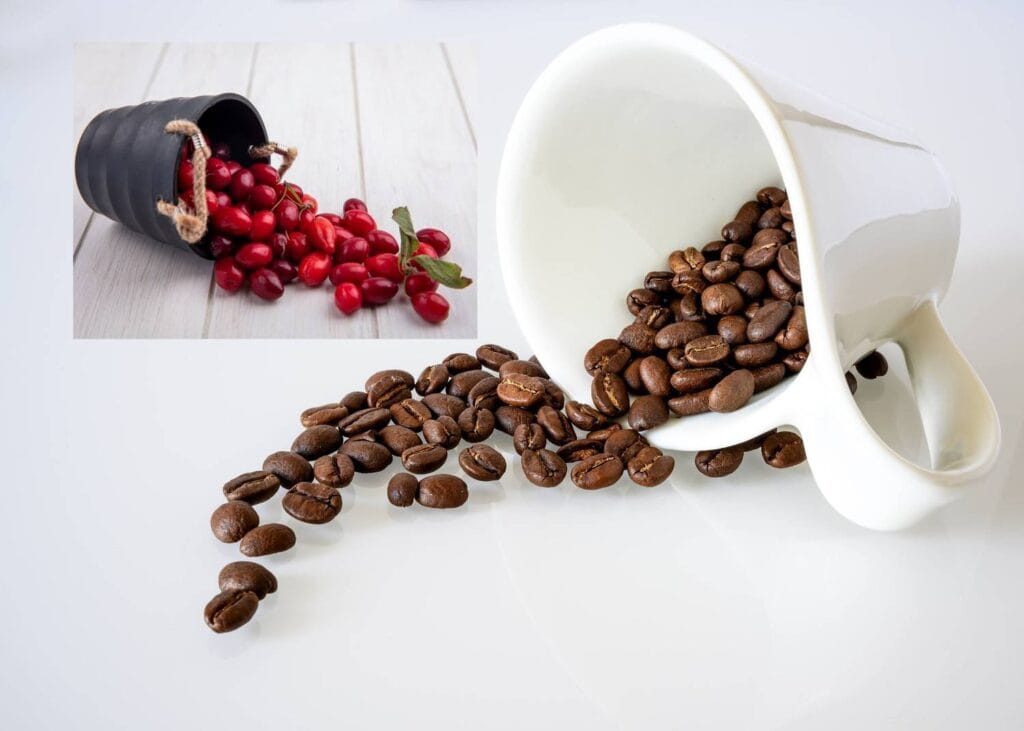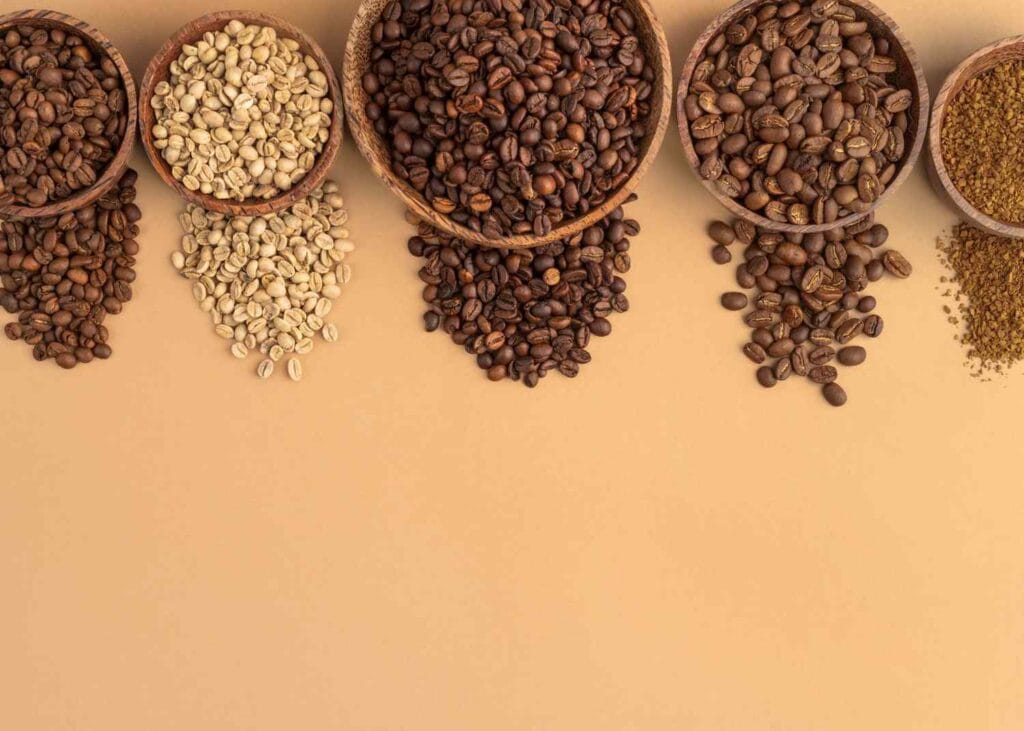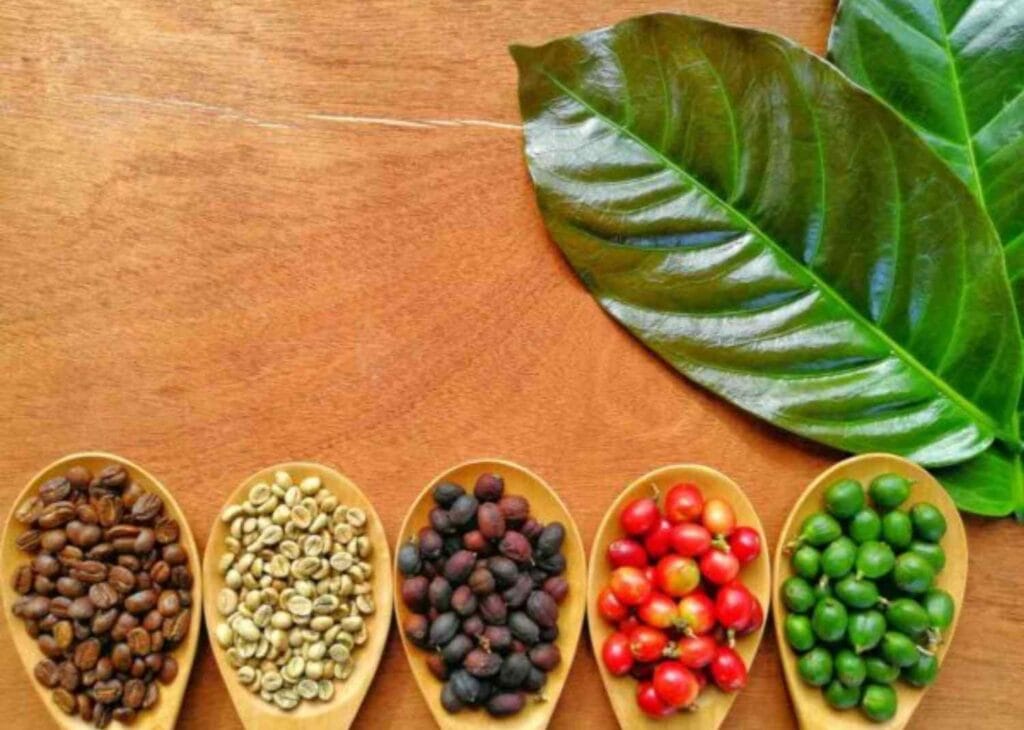How to Check Quality of Coffee Beans? 7 Tips & Tricks
If you love coffee, you know the secret to a great cup starts with quality coffee beans. But how can you check quality of coffee beans? Don’t worry—I’ve got you covered.
Once you get clear about identifying the difference between good and bad coffee beans, you won’t choose beans that have gone bad. I mean neither in the store nor in your kitchen!
In this easy guide, I am gonna reveal the secrets to testing coffee beans with 7 practical tips to like a pro.
How Do You Test the Quality of Coffee?
Here’s how professionals check coffee bean quality:
- Visual inspection: Look for even colors and no defects.
- Freshness test: Ensure the beans were roasted recently.
- Brewing test: Make a cup. Balanced flavor and smoothness indicate good quality.
Pro tip: High-quality beans will produce a rich crema when brewed as espresso!
I will mostly talk about the visual bean quality inspection!
How to Know If Coffee Beans Are Good Quality?
Does the quality of coffee beans really matter for a good coffee?
Buying good coffee beans ensures you’re getting value for your money and a rich coffee experience. Plus, it supports farmers who work hard to produce premium crops. Remember, the average person drinks 3 cups of coffee daily, so it’s worth investing in quality!
Before going to the tips, it’s important to know what good quality coffee beans look like. To make it more simple, let’s have a quick sneak peek at the two most popular types of coffee beans.
These are Arabica and Robusta!
Mostly Arabica beans are considered of higher quality compared to Robusta. A couple of reasons exist for this preference by coffee lovers. Almost 75% of the world’s coffee production only consists of Arabica coffee and the rest of the 25% is Robusta.
| Did You Know? |
|---|
| According to Statista In 2022/23, worldwide Arabica coffee production amounted to about 87.3 million 60 Kg bags. |
Both varieties vary in cost, taste, and appearance. With a round shape, Arabica coffee beans offer sugary floral and chocolaty notes and have less caffeine content compared to Robusta coffee.
While robusta coffee beans are oval-shaped, taste bitter, and are bold with higher caffeine content. So, what will you opt for to taste better, Arabica or Robusta?
Coffea Arabica grows in cool temeprateure on high altitdes and need extrem care. Robusta, on the other hand, grows at average temperatures and is easy to look after. This is what makes Arabica a costly yet popular choice for coffee enthusiasts!
I know what you are thinking about! Yes, you can grow your coffee beans at home too!
So, simply put, 100% Arabica beans (some blends of Arabica & Robusta also come in the market) are quality beans for sure. However, never overlook the following characteristics. Good quality coffee beans should:
- Have a rich aroma (floral, fruity, or nutty).
- Be uniform in size and color.
- Have a clear, shiny surface for darker roasts, indicating freshness.
If the beans are dull, cracked, or have too much oil, chances are they’re past their prime.
7 Easy Tips for Checking Coffee Bean Quality
📍 Keep in mind when choosing coffee, ensure it’s USDA-certified and has a seal of “100% Certified Organic” or “Certified Organic” on the packaging.
Check for details on origin, process, and roast date. Avoid vague labels like “premium blend.”
Nothing is as good as brewing coffee from freshly roasted quality coffee beans. Here are 7 tips to check for coffee bean quality by its appearance.
1. Choose Consistent Size and Uniform Color
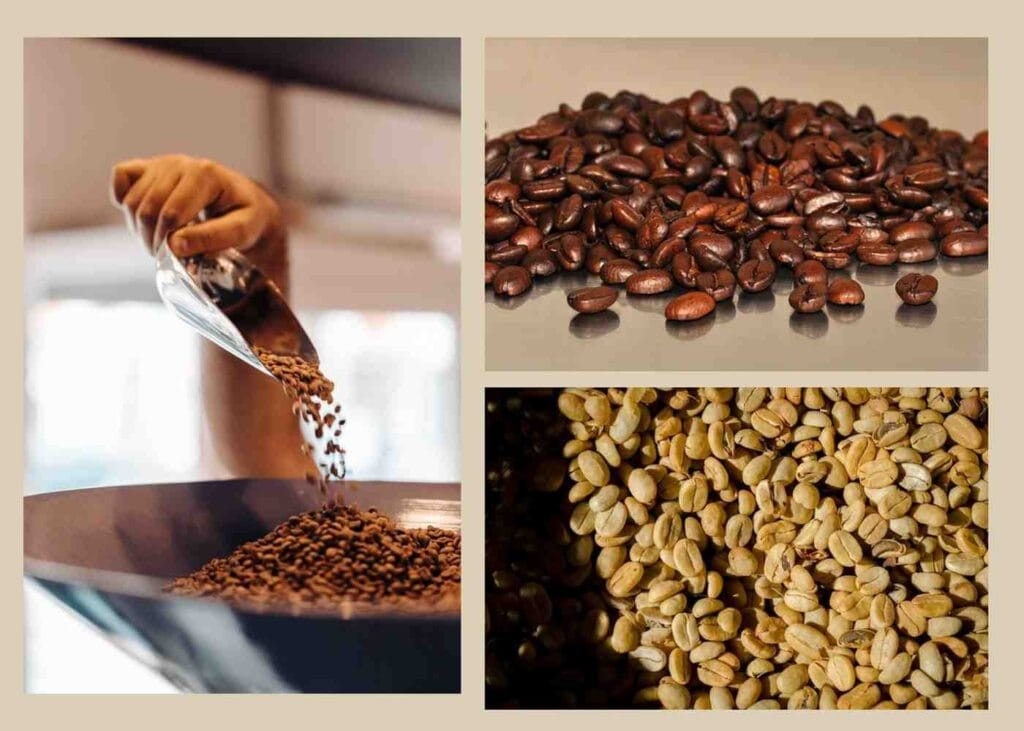
The first thing that catches your eye is the bean size and color. It’s easy to check for the ideal coffee bean size and color. If you are picking up Arabica beans, look for a round shape and oval in the case of Robusta.
Just like hydrated healthy human skin, good coffee beans are clean with a smooth shiny surface. Also, they feel heavier and denser on hand. Small, shriveled coffee beans or beans with cracks and blemishes are a big No!
Here comes the coffee bean color. Overly pale beans might be underoasted or overly dark beans might be over roasted. Remember, good-quality beans have an even, consistent color depending on their roast level. Coffee beans with a medium brownish color are good to opt for, however, people with different brewing tastes in mind must know the healthy bean color for each roast level.
- Lightly roasted beans
They’ll be pale brown in color, with a gentle body with no oils on the surface. These higher acidic and naturally vibrant flavor profile beans are good for pour-over or drip coffee.
- Medium roasted beans
They’ll be brown in color, but less brownish than dark roasts and darker than light-roasted coffee beans. These beans with less acidity, very low to no oil on the surface, and a sweet flavor profile are good for espresso or pour-over coffee.
- Dark roasted beans
They’ll be of rich deep brown color. They are known for their bold smoky taste with the lowest acidity and shiny oily appearance. These coffee beans are perfect for espresso, cold brew or black drip coffee. Cream and milk can enhance the flavor of these coffee drinks.
So, always pick beans with the above-mentioned shapes and colors. Avoid beans with cracks, discoloration, patches, odd shapes, powdery, or excessive oiliness; it can indicate over-roasting or age.
2. Feel the Texture
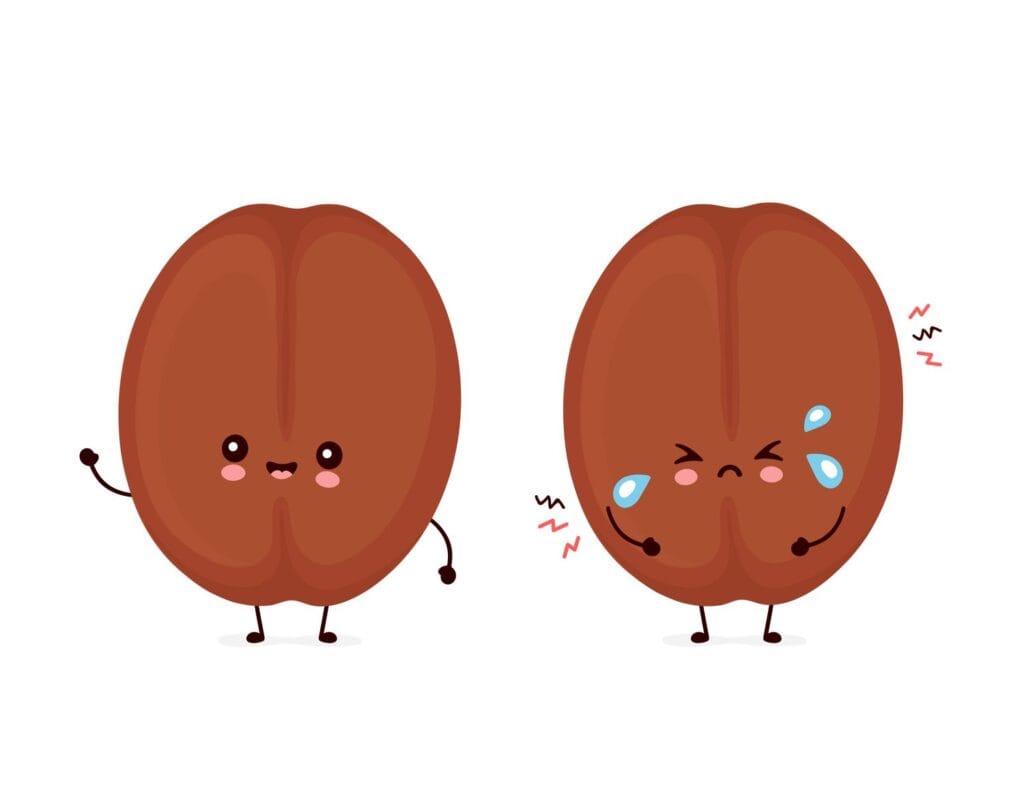
Bean texture tells many things about its quality and processing. Pick up a bean and check its texture.
- Smooth and dense beans feel firm in your hand.
- Beans that crumble or feel too light might be old or improperly processed.
For example, moldy beans with some white, black, or greenish things on the surface are very toxic. Similarly, If you see some husks (the bean skin/ chaff/ silverskin) in your bean bag, it means those beans aren’t properly processed.
Husks don’t necessarily affect the coffee’s flavor if removed before grinding, but a clean, husk-free bag is usually a sign of well-processed, high-quality beans.
3. Smell the Beans
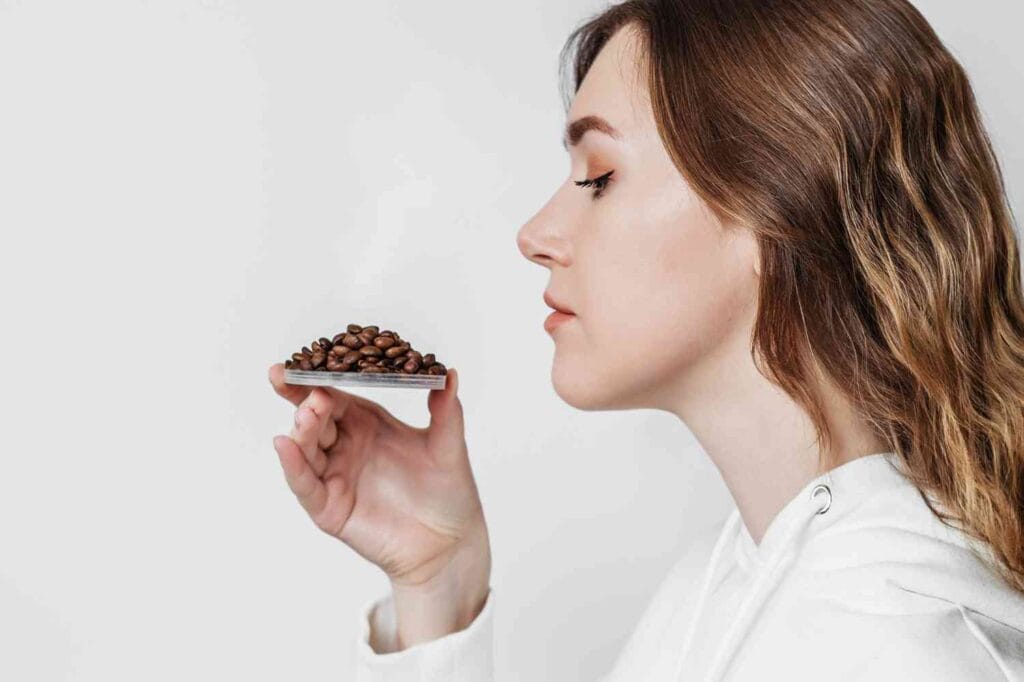
Trust your nose. High-quality beans should smell aromatic and vibrant, not stale or musty.
- Floral, fruity, nutty, or chocolatey notes are signs of a great bean.
- A dull, flat smell? Walk away—it’s likely low quality.
4. Taste Test
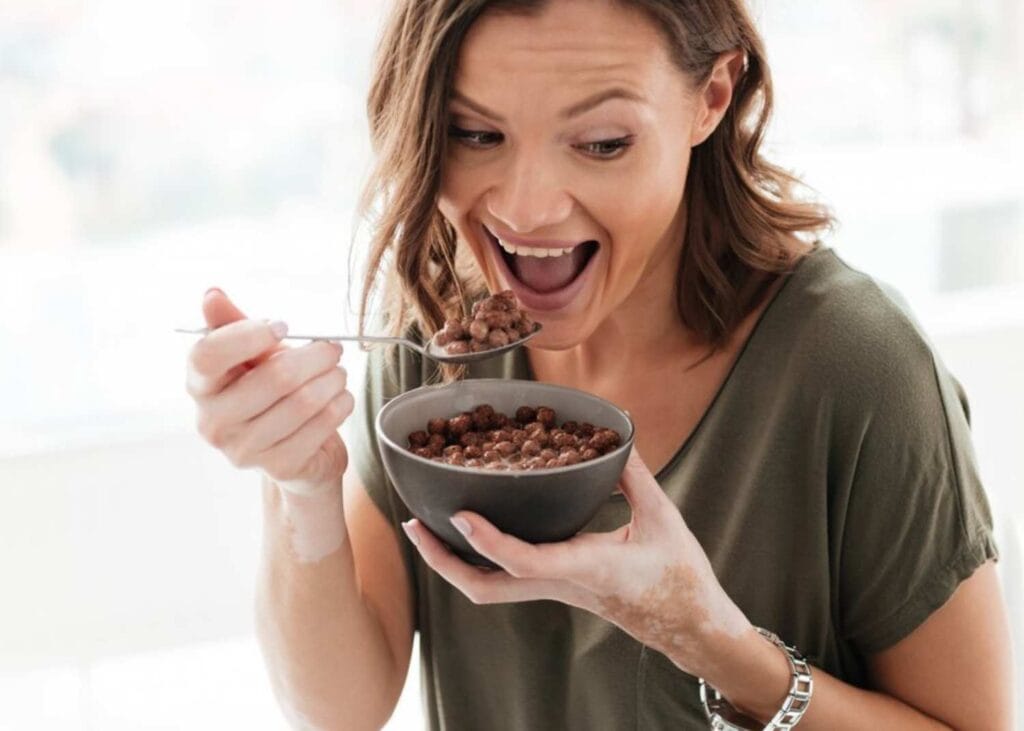
You have two options here. Either try the taste test before or after brewing. It means you can eat check on bean quality by eating them. Yes, you can get a sense of coffee bean quality by eating it, but it’s not the most comprehensive method. Eating a coffee bean lets you assess its freshness, roasting level, and basic flavor profile.
A good-quality bean will generally taste bold, rich, and balanced without overly bitter or sour notes. However, raw (unroasted) beans are hard and may taste grassy or vegetal, which is normal for their state.
That said, eating beans doesn’t reveal the full complexity that brewing unlocks, such as aroma, body, and aftertaste. To truly evaluate coffee bean quality, it’s better to brew them for a complete sensory experience.
The ultimate test? Brew a cup! High-quality coffee should be flavorful, well-balanced, and free of bitterness or sourness.
- Look for smoothness and layers of taste—hints of chocolate, berries, or nuts are common.
- Bitter or burnt? The beans may be low quality or over-roasted.
5. Inspect for Freshness

Freshness matters—big time! It’s often discussed do coffee beans expire? Well, they do expire, however, they’re extremely perishable food products. So, to check coffee bean freshness, look at the roast date on the packaging.
- Beans are best within 7–21 days after roasting.
- Skip anything roasted over two months ago; the flavors will be dull.
Interestingly, coffee starts losing its aromas 30 minutes after grinding, so always grind beans fresh!
Also Read How Long Are Coffee Beans Good for Unopened?
6. Examine the Packaging

Check if the beans are sealed in airtight packaging with a one-way valve.
- This valve lets carbon dioxide escape (a sign of freshness) and keeps oxygen out.
- Avoid bags that let light through—it speeds up degradation.
Exposure to air, heat, and light can reduce a coffee bean’s quality by up to 50% in just a week!
7. Check the Origin

Last but not the least. Check Where these coffee beans come from. Because the origin and altitude of coffee beans impact the quality of coffee beans.
High-quality beans typically come from regions within the “Coffee Belt,” an equatorial zone where conditions like altitude, soil quality, and climate are ideal for cultivation.
For example, Ethiopian coffee is celebrated for its fruity and floral notes, while beans from Colombia often showcase a smooth, well-balanced flavor profile.
Similarly, beans from higher altitudes tend to develop more complex flavors due to slower maturation, allowing sugars to concentrate. To check the origin, look for details on the packaging or inquire about certifications, like single-origin or specialty-grade labeling, which indicate better quality and traceability.
Single-origin beans (grown in one place) often have unique and distinct flavors. Did you know? Specialty-grade coffee accounts for only 20% of global coffee production, making it extra special for your cup.
Knowing the origin helps ensure you’re getting beans grown in ideal conditions for exceptional taste. Research the farm or co-op if you can. Many quality beans come with a story!
Choosing Quality Coffee Beans: Things to Avoid
Now as you get an idea about how to check quality of coffee beans, let’s discuss the things to avoid while buying coffee beans!
- Mass-Produced Coffee – Avoid large bags; quality beans come in smaller packs, like 12-ounce or 5-pound bags to preserve freshness.
- Lack of Freshness – Stay away from beans in clear packaging. Look for vacuum-sealed bags with a “roasted on” date.
- Unethical Sources – Support Fair Trade or eco-friendly coffee to avoid unethical labor practices.
- Misleading Labels – Skip beans without detailed origin info or those labeled just “100% coffee.” Go for “100% Arabica.”
- Pre-Ground Coffee – Whole beans stay fresher and give you better control over grind size.
- Ignoring Roasting Dates – “Best before” dates on coffee bags can be misleading. They indicate when the coffee expires, not when it was roasted. For the freshest flavor, always choose coffee with a “roasted on” date and aim to use it within 2-3 weeks of that date.
Choose wisely to enjoy a flavorful and guilt-free cup!
The Final Sip
There are no hard and fast rules for good coffee beans, what matters the most is your flavor preference with the know-how of some basic things that I have mentioned in detail.
High-quality beans guarantee a great brew and a fantastic coffee experience. Plus, you’re supporting farmers committed to crafting exceptional coffee.
Ready to check your beans? Follow these tips, and you’ll never settle for mediocre coffee again. ☕ Your perfect brew is just a bean away!
FAQs About Coffee Bean Quality
How to check if coffee beans are fresh?
To check if coffee beans are fresh, start by looking for a “roasted on” date on the packaging, as this indicates the beans’ freshness. Fresher coffee beans typically have a rich aroma and may have a slightly oily surface, which shows their natural oils haven’t dried out.
How Can You Tell If Coffee Is Bad Quality?
Bad coffee often tastes overly bitter or sour, making it unpleasant to drink. Bad coffee beans are easy to spot:
- Stale smell or no aroma.
- Beans that are chipped, broken, or discolored.
- Excessive oil, especially if the roast isn’t dark.
What is Grade 1 Coffee?
Grade 1 coffee refers to specialty coffee beans. These beans meet strict quality standards:
- No visible defects like broken beans or discoloration.
- Proper moisture content (10-12%).
- Grown, processed, and roasted with care.
This is the highest quality coffee available, often used by specialty cafes and professional roasters.
